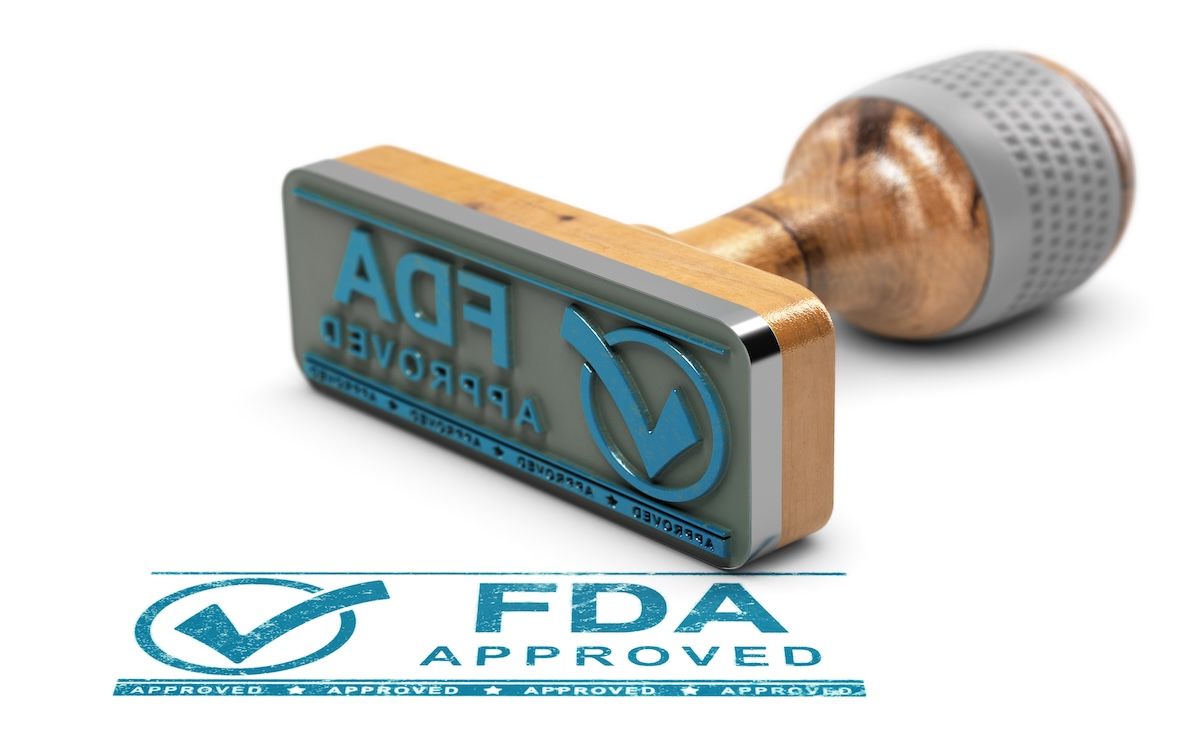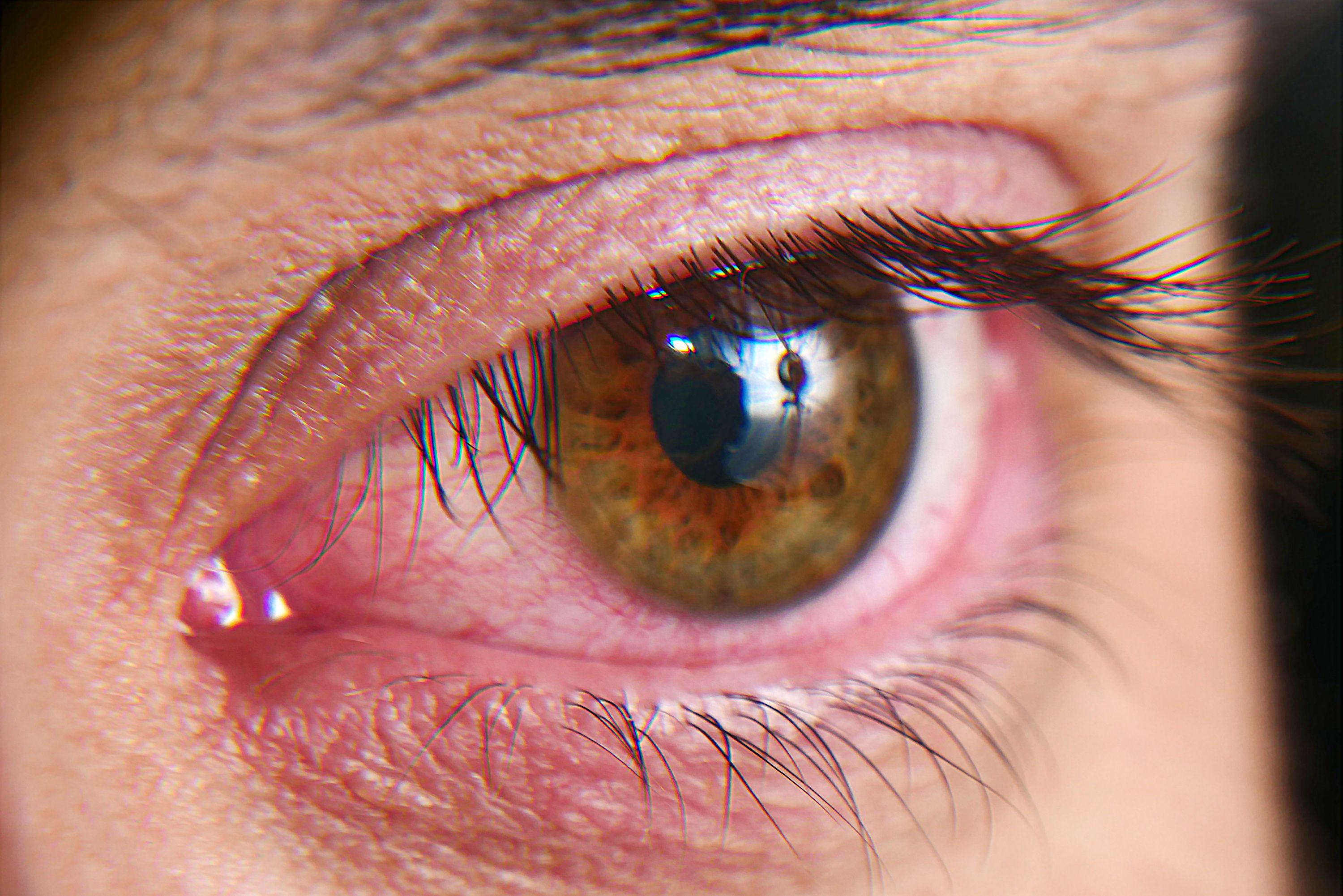News
Article
FDA Approves Ranibizumab Implant in Treatment of DME
Author(s):
Key Takeaways
- Ranibizumab implants approved by FDA for DME offer a more convenient treatment schedule, reducing injection frequency significantly.
- The phase 3 Pagoda study showed noninferior visual acuity with 24-week implants compared to 4-week injections.
The ranibizumab injection delivered through an implant device could be administered in a convenient schedule twice per year for the treatment of diabetic macular edema (DME).
Diabetic macular edema (DME), a cause of vision loss that affects more than 29 million adults around the world, could be treated far more conveniently with the FDA approval of an implant product containing ranibizumab injections (Susvimo).1 Ranibizumab was shown to maintain vision in patients with DME with far fewer injections, a first for treatment in the space.
DME is often caused by the swelling of the macula, which is the center of the eye. This swelling can be caused by retina disease related to diabetes, which can cause various vision problems, including making blood vessels weaker in the eyes.2 Traditionally, DME has been treated with anti-vascular endothelial growth factor (anti-VEGF) intravitreal injections that help by encouraging new blood vessels to grow. These anti-VEGF treatments include aflibercept, farcimab-svoa, bevacizumab, and the intravitreally-administered original version of ranibizumab (Lucentis).
This new FDA approval for the implant is slightly different from the previous indication, as the new injection uses an ocular implant to impart 100 mg/mL intravitreally.1 The implant can be surgically inserted into the eye during a surgical procedure and is refillable.
Prior to the present approval, only intravitreal ranibizumab injections could be used to treat DME. Specifically, the ocular implant is indicated for patients with DME who have had adverse responses to at least 2 intravitreal injections of an anti-VEGF medication.
The phase 3 Pagoda study was the basis of the approval. A total of 634 people with DME were separated into 2 groups, where 1 group received the implant and had theirs refilled every 24 weeks and another group where they continued to receive monthly injections. The study found that those whose implant was refilled every 24 weeks had non-inferior best-corrected visual acuity (BCVA) when compared with those who had the injection every 4 weeks (mean change in letters, 9.6 vs 9.4; difference, 0.2).3 The reductions in central subfield thickness were also comparable through 64 weeks. Supplemental treatment was not needed in those receiving an implant refill every 24 weeks in 95.9% and 97.4% of cases through 2 refill-exchange intervals, respectively. A total of 80% of those who received the implant reported that they preferred this method due to a reduction in treatments.
Adverse events associated with the ranibizumab implant included eye infection, conjunctival erosion, conjunctival retraction, implant dislocation, vitreous hemorrhage, conjunctival bleb, retinal detachment, implant damage, and temporary decrease in vision after the procedure.
“Susvimo presents a unique, convenient treatment alternative to routine eye injections for people with a potentially blinding diabetic eye condition. As the global prevalence of this condition continues to grow, today’s FDA approval for Suvimo reflects our dedication to innovation and enhancing the patient experience,” Levi Garraway, MD, PhD, chief medical officer and head of global product development at Genentec, said in a statement.1
References
- FDA approves Genentech’s Susvimo as the first and only continuous delivery treatment for the leading cause of diabetes-related blindness. News release. Genentech. Feburary 4 2025. Accessed February 4, 2025. https://www.gene.com/media/press-releases/15050/2025-02-04/fda-approves-genentechs-susvimo-as-the-f
- Diabetes-related macular edema. Cleveland Clinic. Updated February 14, 2023. Accessed February 4, 2025. https://my.clevelandclinic.org/health/diseases/24733-diabetes-related-macular-edema
- Malhorta V, Klufas MA, Marcus DM, et al. Port delivery system with ranibizumab (PDS) in diabetic macular edema (DME): additional primary analysis results of the phase 3 Pagoda trial. Invest Ophthalmol Vis Sci. 2024;65(7):6233.





